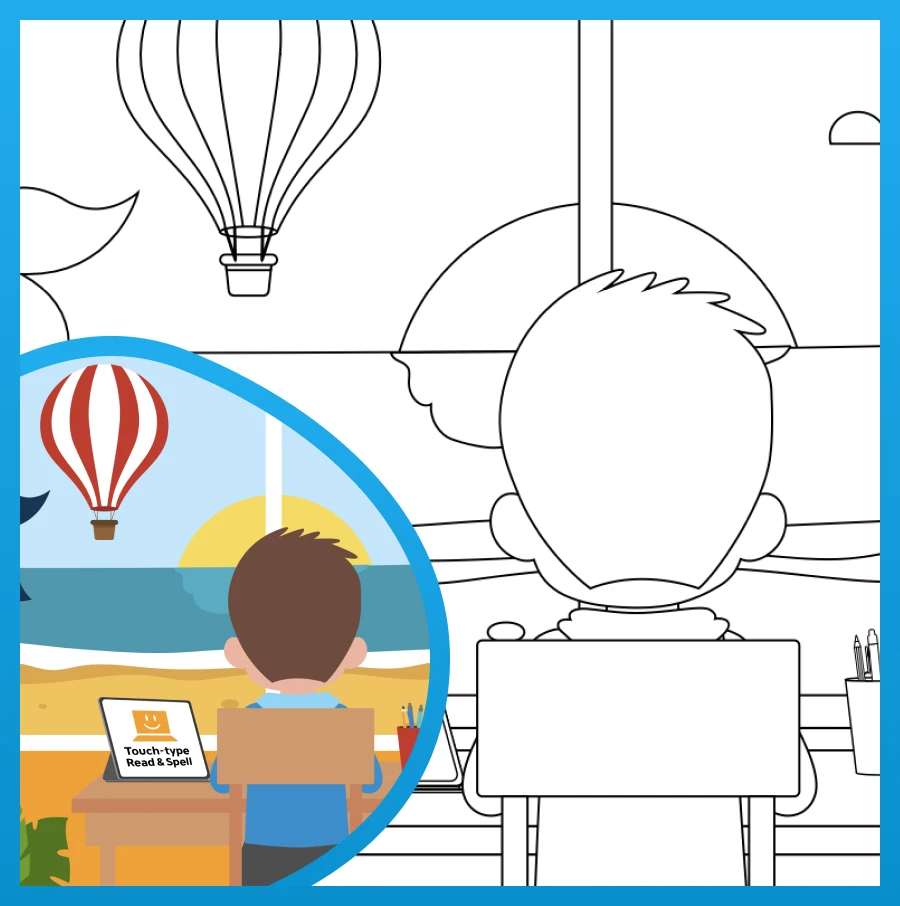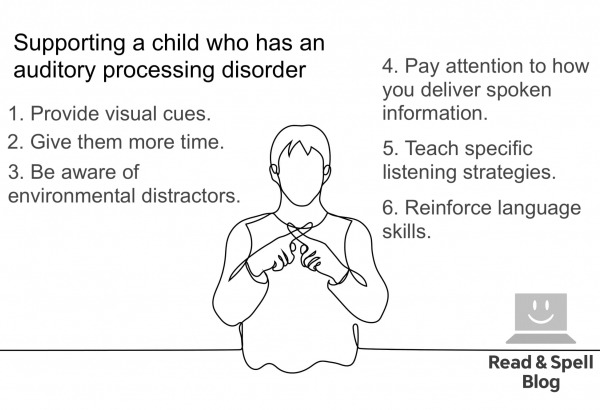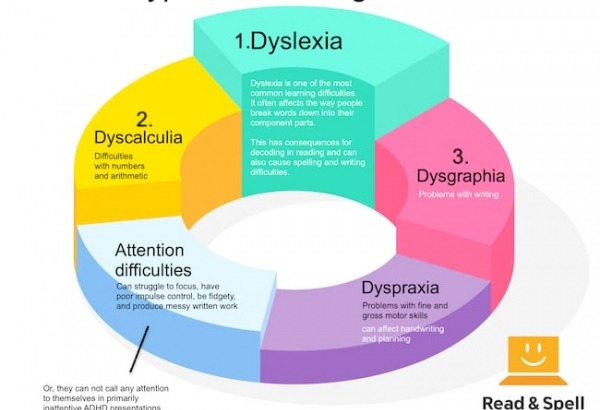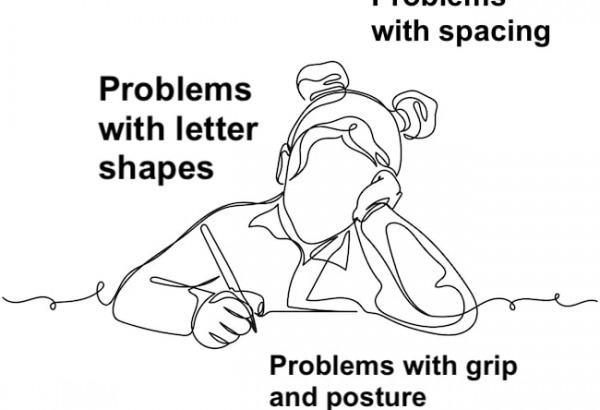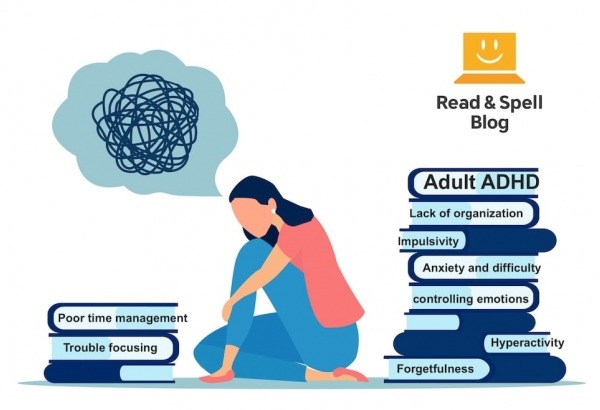7 ADHD Strengths and Benefits
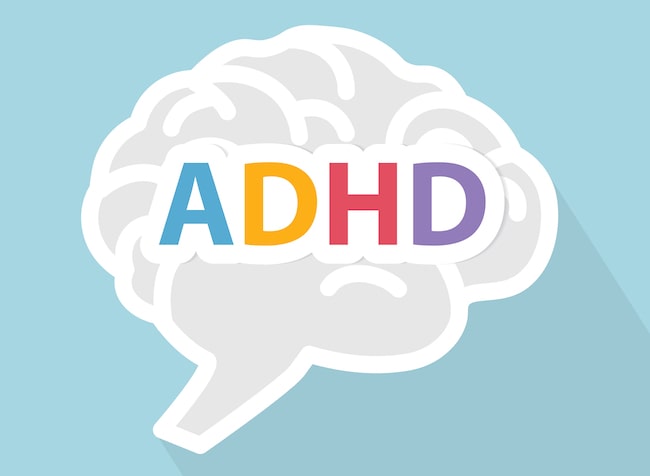
While attention deficit hyperactivity disorder (ADHD) is most commonly discussed in terms of the challenges it poses to both children and adults, it’s important to acknowledge that an attention disorder can come with strengths too! Consider the benefits of having hyperactivity and spontaneity for athletes competing in sporting events, or being able to quickly improvise and go in a new direction when giving a work presentation.
Imagine how powerful the energy and creativity that accompanies some forms of ADHD can be when it is channelled into helping a group project get off the ground, and the advantages of being able to hyperfocus and become an expert on a topic overnight. Even the ADHD risk-taking behavior associated with social difficulties in some contexts, in others can lead to a new approach to problem solving or the next great scientific discovery!
Moreover, people with ADHD can be some of the most enthusiastic and creative individuals you will ever meet. Because they may face daily challenges at work or at school, they are often resilient and have an ability to identify with and encourage others who are going through difficulties. They also tend to have a zest for life that inspires those around them.
A learning difference not a disability
That’s why it’s good to think about ADHD and other learning difficulties like dyslexia and dysgraphia as learning differences, not disabilities. ADHD doesn't affect intelligence and it doesn’t make people less able, it’s simply a different way of processing information in the brain. The more we understand neurodiversity in this way, the easier it is to find accommodations for different approaches to learning, processing and living, to help every child or adult with ADHD achieve their full potential.
More on ADHD
The acronym ADHD stands for attention deficit hyperactivity disorder but this is actually an umbrella term used to describe the predominantly inattentive, hyperactive-impulsive, and combined presentations of ADHD. If you’re more familiar with the term attention deficit disorder or ADD, you’re not alone. In the UK, ADD is still in use and in the US, ADD with or without hyperactivity was the preferred terminology prior to 1987 when it shifted to ADHD.
In fact, there’s still some debate over the current naming system. That’s because individuals with a predominantly inattentive presentation are referred to as having ADHD, yet, children with this ADHD presentation may exhibit less obvious ADHD behavior. They can easily go unnoticed in a classroom as they don’t experience the symptoms of hyperactivity and impulsivity that typically attract the attention of parents and teachers.
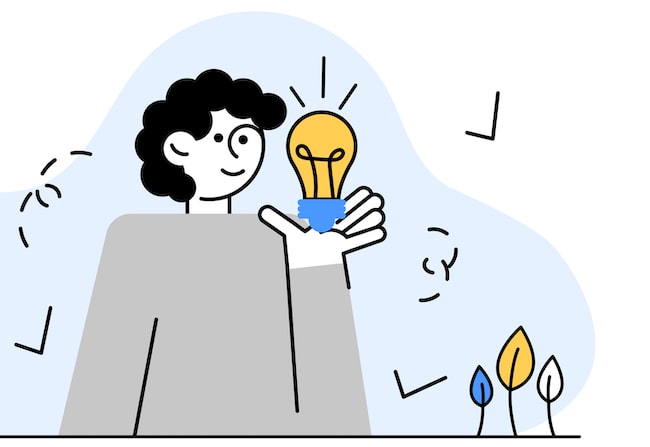
Understanding ADHD strengths and benefits
Many of the strengths and benefits associated with ADHD are also common symptoms experienced by people who have an attention disorder– it all comes down to how you choose to look at things!
High energy levels
The high energy levels that accompany hyperactivity can be a problem when people with this presentation of ADHD are required to sit still for longer periods. Nonetheless, they may come as an advantage in the right context, particularly for athletes on the field. Higher energy levels can also help when it comes to daily living tasks, such as cleaning the house, raking the leaves, or walking the dog.
In a work context, the benefits of high energy are clear if you’re teaching or taking care of young children, working as a presenter, giving tours, coaching a sports team, or even running exercise classes. People with ADHD who have high energy can motivate others to get up and move around, which is great for keeping us fit and in good mental and physical health. In the office or on the playing field, people with ADHD can set a good example and encourage team members to join them too.
Honed problem solving skills
Research has shown the ADHD brain is unique and people with an attention disorder often pick up on a wider range of stimuli than neurotypical individuals. It’s possible to read this as one of the negative symptoms of an attention disorder, grouping it under “easily distracted.” Nonetheless, it can also mean people with ADHD notice a detail that others miss, are intuitive, and connect ideas that no one else would think to.
Spontaneity can be applied to thought and how the brain processes. People with ADHD often have out-of-the-box thinking skills and are able to harness their creativity to find unique solutions to problems. Did you know out-of-the-box thinking is a common dyslexia strength too?!
Moreover, adults with ADHD are often more skilled at filtering out mental “noise” and deciding what is and isn’t important. This ability to stay calm and find patterns in a surplus of information is one of the reasons why individuals with ADHD are often so good in times of stress. They may be more likely to keep composure when others become overwhelmed.
States of hyperfocus
It can be surprising for some people to learn that children and adults with ADHD sometimes experience periods of extreme hyperfocus. A 2018 research study using a self-report questionnaire found this tendency to hyperfocus correlated with more intense ADHD symptoms in adults (1). Further research linked the ability to hyperfocus with age and education level (2).
What this means is if they’re interested in a subject, far from the “inability to focus” that’s characteristic of ADHD, individuals may be able to give it their full attention, losing themselves in a topic, an activity, or a performance and tuning out distractions with ease.
Another way to think of hyperfocus is achieving a flow state. This behavior can help an individual learn more about a subject. Applying continuous hours of study to really dive in and understand something is also a good way to become an expert in a field and particularly benefits adults mastering hard to learn subjects, such as mathematics and science.
No fear, not being afraid to try new things
Research commonly links risk-taking behavior with ADHD (4). Having no fear is not always a good thing for a child at school, but in some situations it can mean people with ADHD rise to the occasion when bravery and courage is required. In fact, one research study found upwards of 20% of wildland firefighters had symptoms of ADHD (3). But it’s not only first responders with ADHD who see benefits from this adventurous spirit. Not being afraid to try new things means people with ADHD can be early adopters of new technology and trendsetters who encourage others to move out of their comfort zones.
On a professional front, risk-taking and spontaneity in experimental or explorative pursuits can come with significant benefits as it can lead individuals to a new finding that others might have missed or taken much longer to discover.
People skills, a good sense of humor
People with ADHD are often described as being bright, optimistic, energetic and the life of the party. The impulsivity that can lead to interruptions or outbursts in some situations also translates into spontaneity that gets conversations going and can set other, less talkative individuals, at ease.
They might also be funny. Believe it or not, a sign of good mental health is having a sense of humor, particularly when it comes to laughing off some of the common challenges that arise because of an attention disorder.
Creativity
Research has shown individuals with ADHD often self-report higher levels of creativity (4). Children and adults with ADHD can be extremely creative and dynamic thinkers for many of the same reasons as the other strengths we’ve discussed. They often take in and notice a wide range of stimuli and then form their own associations.
Their creativity can come from throwing themselves into their work and achieving a flow state of hyperfocus when it comes to artistic self-expression. They may also infuse their work with their natural enthusiasm and passion for life.
Children and adults with ADHD are often good at thinking on their feet and skilled at improvising, which requires a measure of creativity and spontaneity. Impulsivity can lead some people with ADHD to have unusual life experiences, but living in different ways can also serve as inspiration for their art.
Resilience and capacity for empathy
Resilience is described as being able to recover quickly from difficulties and withstand challenges. Some ADHD symptoms make it harder for individuals to succeed, forcing them to deal with set-backs and challenges on a daily basis. This can lead people with ADHD to have more resilience, meaning they are better able to handle issues that get in their way. Resilience is also being less willing to give up and more able to persist in the face of difficulty. This has many benefits, particularly in a science-based context when pursuing uncharted areas of research.
ADHD is commonly associated with a capacity for empathy as well. Having had to overcome hardships and challenges because of an attention disorder can make many people with ADHD better able to understand and relate to others who are going through difficulties or struggling with their own mental health. They may be skilled at turning negatives into positives, practicing self-forgiveness and understanding, and teaching peers how to adopt similar attitudes.
Turning negatives into positives
In addition to the benefits mentioned above, there are plenty of ways to put a positive spin on some of the more common ADHD symptoms. For example, the impatience some people with ADHD have can be viewed as enthusiasm for a topic and eagerness to learn what comes next.
At work, not always paying close attention in presentations can take the pressure off presenters and asking to have something repeated can help the person speaking reformulate what they’re saying and clarify their ideas at the same time.
Impulsivity might be one of the biggest benefits for adults in relationships because it ensures things will never get boring. Misplacing items might mean more opportunities to feel joyful when they are rediscovered by surprise!
For children in the classroom, needing more instructions for tasks can encourage a teacher to spend additional time formulating explicit and detailed step-by-step instructions, which benefits other learners at school as well. Similarly, if a child with ADHD is easily bored, teachers might develop more diverse, multi-sensory and exciting lesson plans which can encourage a school environment that’s more neurodiverse-friendly.
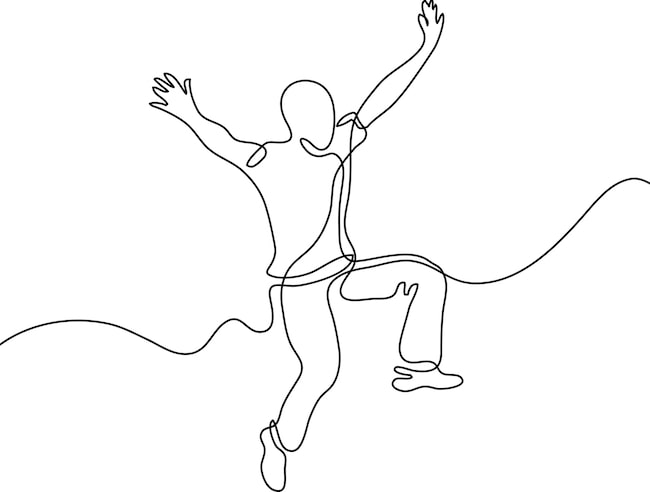
Teaching people to see their strengths
Not everyone with ADHD has spent time considering the positive qualities and benefits their attention difficulties might bring them. This can lead individuals to feel bad about themselves, struggle with low self-confidence, and generally experience poor mental health. Teaching children and adults with ADHD to see their strengths is a great way to encourage self-motivation and build self-esteem, which can foster an increased sense of confidence and well-being that spills over into other areas of their life.
Sometimes just being more aware of the strengths and benefits of ADHD is what it takes to bring a child on board with learning new strategies for dealing with their weaknesses and taking an active role in learning. You might encourage a child to explore their creative side or teach them how powerful a shift in perspective can be when they feel bogged down by challenges.
Running an ADHD strength-finding activity at school
Remember, no two people with ADHD are exactly the same. Every learner will have different strengths and face different challenges. A great way to help a child who is struggling is to sit with them and try to make a list of their strengths. This might include items like being a good friend, cheering up siblings when they’re sad, telling funny jokes, running the mile in gym class or even learning about dinosaurs. If they aren’t sure what to say, you can talk about some of the strengths you feel they might have, or have a look at some famous people with ADHD, for example celebrity chefs, athletes, artists, and actors and discuss what makes them special and what the child might have in common with them.
If talking and pen and paper don’t work, you could cut out a list of attributes and have them place the cut-outs on different parts of a page depending on how strongly they apply. Looking for positive words in magazines is another idea. They could make an ADHD strengths collage accompanied by a self portrait. There’s no right or wrong way to run strength-finding activities so think about the children in your class and adapt the exercise to suit their needs.
The ADHD brain
3 Kinds of strategies to help students with ADHD achieve their full potential
- Strategies that focus on organization. When a student has ADHD, it’s always advised to encourage the use of planners, charts, calendars, color coded binders or electronic folder systems - in other words, tools that can serve as a sort of external memory drive to help them stay on track and remember which assignments are due when.
- Strategies that teach time management. Executive functioning may not be the greatest strength for an individual with ADHD and effective time management can be the key to relieving some stress here. Getting into the habit of making lists, grouping tasks by topic, and planning work out in small steps can ensure what is started is finished.
- Strategies that integrate a kinesthetic element. Building in opportunities for exercise, such as a ten minute break to get up and walk around, can help students with ADHD sustain concentration on longer term projects and also benefits mental and physical health. A tactile aspect to learning can enhance focus, for example running a ruler or finger down the page when they read or forming letters out of clay for young children who are learning the alphabet.
When a child is struggling
Many students with ADHD face challenges at school. Whether their difficulties are related to reading and writing skills or fidgeting and talking out of turn, constantly being in trouble and/or underperforming can have a serious impact on a child’s mental health. It can also stifle their creative side if they begin to avoid writing because of confidence issues.
One of the most common symptoms found in all presentations of ADHD is difficulty paying attention. Having to stay focused enough to take notes, read assignments, complete homework, and write essays can be cognitively exhausting for a child with ADHD. Parents and teachers might see this exhaustion show up in messy handwriting and a generally low level of neatness in the work of students who have ADHD.
One way to support children with ADHD is to teach them the skill of touch-typing. That’s because typed work takes care of the letter formation issues, crossing out, and erasing that can make other work messy. It’s easier for the student to read back. Typing is also a quicker way of helping a child with ADHD get their ideas out as the fingers translate ideas directly into words on the screen. Note, it’s not a bad skill for adults living with ADHD to learn either!
Touch-type Read and Spell
Touch-type Read and Spell (TTRS) is a multi-sensory typing program that supports individuals with attention differences in learning to type. With TTRS, lessons are broken down into bite-size modules. Thanks to an underlying program of phonics, spelling and reading skills are strengthened as students proceed through the course. As the skill of typing is developed, it can build confidence and self-esteem in learners. Moreover, the interface is distraction free and learning is self-paced. TTRS is available for US and UK English spelling. Learn more about using TTRS for children and adults with ADHD and give the course a try today!
References
1) Hupfeld, K. E., Abagis, T. R., Shah, P. (2018). Living “in the zone”: hyperfocus in adult ADHD. ADHD Attention Deficit and Hyperactivity Disorders, September.
2) Groen, Y., Priegnitz, U., Fuermaier, A. B.M., Tucha, L., Tucha, O., Aschenbrenner, S. et al (2020). Testing the relation between ADHD and hyperfocus experiences. Research in Developmental Disabilities, 107, Article 103789.
3) Pollak, Y., Dekkers, T. J., Shoham, R., Huizenga, H. M. (2019). Risk-taking behavior in attention deficit/hyperactivity disorder (ADHD): a review of potential underlying mechanisms and of interventions. Current Psychiatry Reports, 21, Article 33.
4) Palmer, C. G., Gaskill, S., Domitrovich, J., McNamara, M., Knutson, B., Spear, A. (2011). Wildland firefighters and attention deficit hyperactivity disorder (ADHD). Proceedings of the second conference on the human dimensions of wildland fire. Gen. Tech. Rep. NRS-P-84. Newtown Square, PA: U.S. Department of Agriculture, Forest Service, Northern Research Station: 9-13.
5) Hoogman, M., Bralten, J., Hibar, D., Mennes, M., Zwiers, M., Schweren, L. et al (2017). Subcortical brain volume differences in participants with attention deficit hyperactivity disorder in children and adults: a cross-sectional mega-analysis. The Lancet, 4(4), 310-319.
For learners who struggle with attention difficulties
TTRS is a program designed to get children and adults with attention difficulties touch-typing, with additional support for reading and spelling.
Liz Day
TTRS has a solution for you
An award-winning, multi-sensory course that teaches typing, reading and spelling

How does TTRS work?
Developed in line with language and education research
Teaches typing using a multi-sensory approach
The course is modular in design and easy to navigate
Includes school and personal interest subjects
Positive feedback and positive reinforcement
Reporting features help you monitor usage and progress




